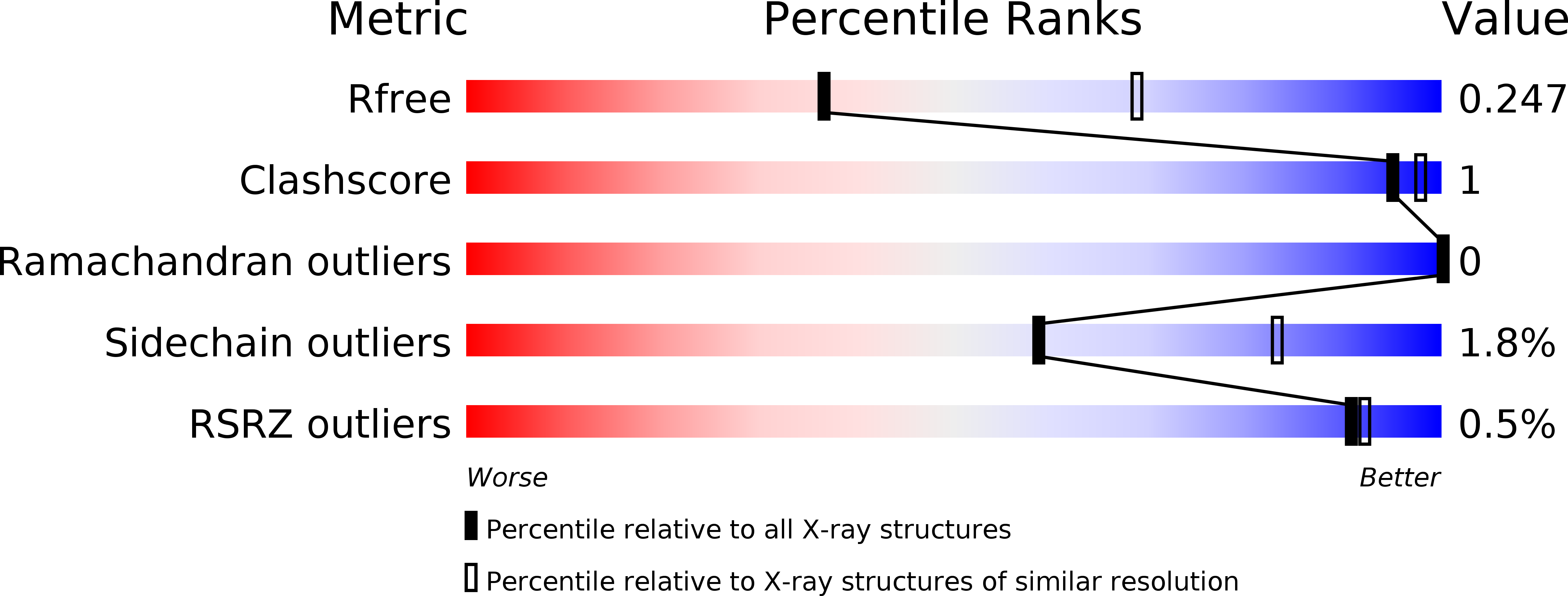
Deposition Date
2018-08-08
Release Date
2019-03-27
Last Version Date
2023-10-11
Entry Detail
PDB ID:
6ECQ
Keywords:
Title:
The human methylenetetrahydrofolate dehydrogenase/cyclohydrolase (FolD) complexed with NADP and inhibitor LY345899
Biological Source:
Source Organism:
Homo sapiens (Taxon ID: 9606)
Host Organism:
Method Details:
Experimental Method:
Resolution:
2.70 Å
R-Value Free:
0.24
R-Value Work:
0.17
R-Value Observed:
0.18
Space Group:
P 21 21 21


